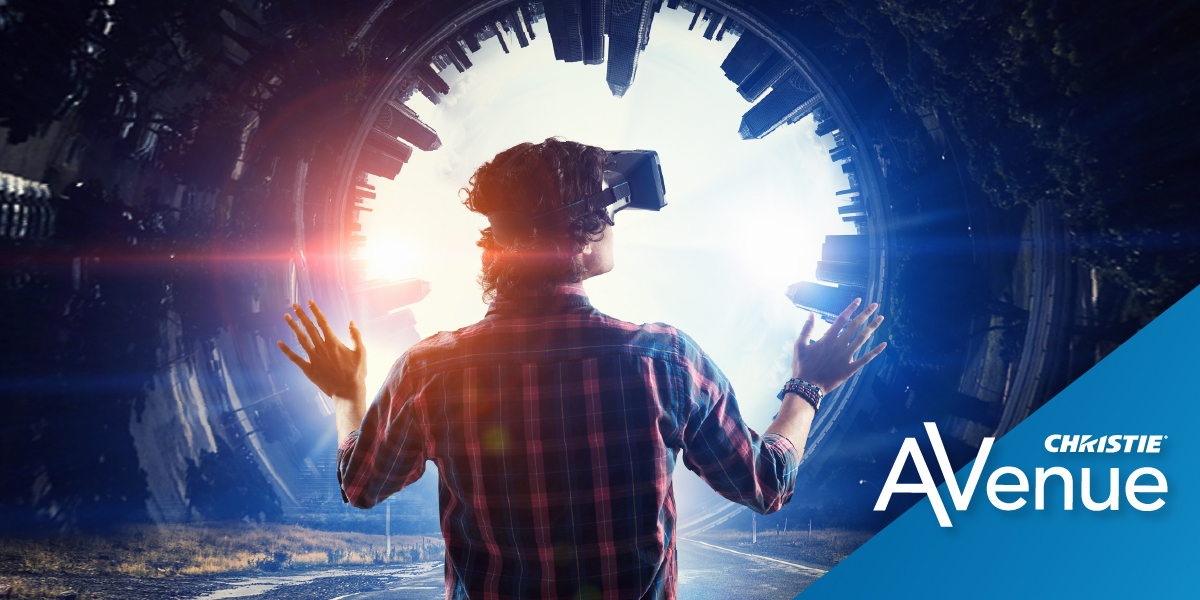Extended reality. Have we been here before?

There has been much talk of an emerging term called extended reality (XR) lately, with one consumer IT giant announcing a significant investment in their headsets. But as with anything new, certainly with anything new and IT, there are as many cynics as enthusiasts.
Extended reality is among a family of techniques including augmented, mixed, and virtual reality that enhance our physical world with digital elements. The exact terminology is still fluid, but the idea is to change the way we interact with digital; blurring the boundaries between the real and the virtual. If it works only half as well as the enthusiasts promise it will open up wonderful new worlds.
If it’s fun we will
But quite how this will play out is not clear. Will we one day put on XR headsets as automatically as our shoes and not feel properly dressed until we have? Will we really accept the intrusion and the inconvenience? If extended reality is fun, we will. Human beings are suckers for entertainment and have never worried about looking a little awkward if they’re having a good time. Have you seen yourself dancing?
Even though interacting with digital, not entertainment, is XR’s primary aim, leisure may well hold the key to its universal acceptance and to exciting new online hybrid realities.
The entertainment industry has been here before of course. It has always taken reality and enhanced it with artistic devices and technological effects. TV does it constantly with unscripted reality shows like “Big Brother” — And what are today’s projectors and professional displays with their high brightness and resolution, if not reality extension machines?
The entrainment industry has already learnt how to seamlessly fuse the real and the manufactured, and if XR is to succeed it must do the same. XR must be believable and immersive because a visual veneer alone won’t extend reality; it will detract from it. If it doesn’t immerse, it intrudes.
And what are today’s projectors and professional displays with their high brightness and resolution, if not reality extension machines?
Make the audience love you
The transition from novelty to mainstream is neither easy nor guaranteed, but it’s a leap extended reality will need to make sometime. Because getting the digital side right is only half the story, you still must find an audience and make that audience love you and want to come back for more. Social media did it, as historically did cinema, newsprint, and all the other channels we now welcome into our lives.
The lesson probably is don’t dismiss extended reality too soon; XR may feel odd and impractical and alien now, but if the content learns to engage and entertain, people will ignore almost all inconveniences to experience it. That’s what human beings have done whenever they’ve been shown routes to new worlds. A few book their tickets early and endure the uncomfortable ride, but we all want to know what’s going on in there, despite every protestation that we don’t. It will only take the barriers to drop a little, and we’ll all be XR converts.






